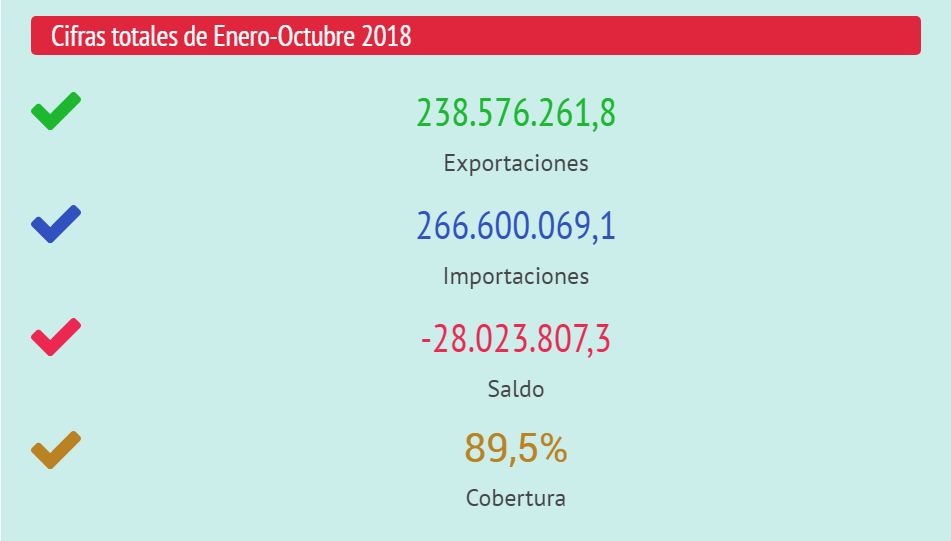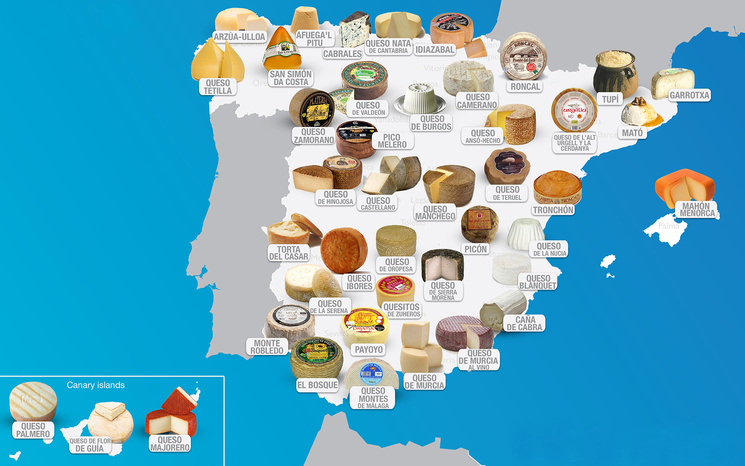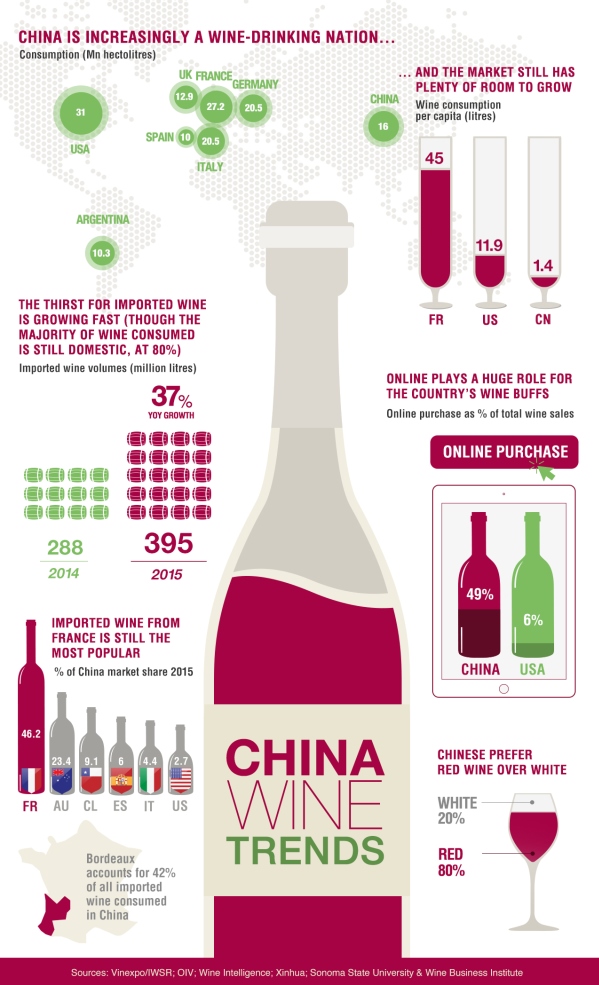China’s economy has gone from being an agricultural giant to an
industrial and technological giant in just three decades. And while growth forecasts for the
next few years are not as spectacular as they once were, China’s economy promises to continue imposing its law on international markets.
It is the second largest economy in the world, behind only the United
States. According
to different forecasts and studies, it will be the first in just a few years.
Not surprisingly, analyzing its unstoppable rise and the macroeconomic figures
it presents, in continuous rise since the 80s. No one doubts that the Asian giant will dominate the world economy in
the coming years. Already today, it plays a predominant role
in most of the world’s economic and business sectors.
It is the country with the fastest economic growth in the world since
the 1980s, with an average annual growth of 10% in the last thirty years and its GDP is unattainable for any other
world economy with almost 9.2 trillion euros. It has weathered the storm of
the global economic crisis by increasing its GDP in 2014 by an impressive 7.4%.
But the growth of China’s economy has been the lowest in 24 years, since the
1990 Tiananmen revolt and its repression drastically
slowed the growth of the second world economy. Nevertheless, positive figures
and a fact that is more than enviable for any economy -developed or not- of the
world that, without a doubt, have been
achieved thanks to a labor force of 797 million people and an unemployment that
only affects 6% in a country of 1,344,130,050 people.
In order to understand the secret of China’s economy it is necessary to take into account
Some data on China’s
economy:
-it exports products worth 1.8
billion dollars, and
-is a world leader in a large number of sectors,
The main sectors of the
Chinese economy are:
-mining and processing of ores,
iron, steel, aluminum, and other metals, coal;
-construction of machines and
armaments;
-Textiles and clothing; petroleum;
-cement;
-chemical products; fertilizers;
-consumer goods, including footwear,
toys, and electronics;
-food processing;
-communications equipment, including
automobiles, trains, locomotives, ships, and aircraft;
-telecommunications equipment,
-commercial space launch vehicles,
and satellites.
Something that, at present, no country in the world can cope with.
Envious downside forecasts
for China’s economy
According to a recent study by the
International Monetary Fund (IMF), China’s
economy is on the verge of forever leaving growth above 7%, as GDP will
expand less, despite still being very powerful for next year and 2020. What
does it mean to break the 7% barrier? This scenario has a symbolic meaning but
it does not seem to break the Chinese model, in which the government offers
economic growth in exchange for so-called social peace. With this study, the
IMF has endorsed the fall in the rate of expansion of China’s economy, which is
due to Beijing is changing its production model so that the engine of the
economy is domestic consumption and not exports, while it is slowing the
expansion of credit that threatened to overheat the economy.
Many things have changed in China in recent decades. Before the industrialization plans of the early 50’s, in 1949 for example, the country was eminently rural with a very deficient industrial development and an intensive agriculture, very low investments, there was no hydraulic policy which caused great fluctuations between the dry and rainy years and therefore great imbalances in the markets and, all this, accentuated by a bad transport network. According to UN estimates, in 1947 Chinese per capita income was $40 a year, half of India’s income and well below the world average of around $250. Today, it is the world’s second economic power, despite forecasts of a declining economy. What was and is the secret of its success?
The key: the 1990s in
China’s economy
The industrialization of the country, based on the Soviet model, began in the 1950s but it was not until the 1970s that a series of government measures began to permeate the country’s economy. Measures based on economic liberalization and the extension of private property to the detriment of public property. Despite what one might think, the technological revolution has not been the trigger for the Asian giant to play a more than prominent role in the world economy. China’s economic explosion has been driven by non-ICT capital investment and productivity, true secrets that explain almost 90% of the country’s current growth and with which it has managed to oust Japan as Asia’s most important economy and also take away its number two position in the world ranking.
According to a study carried out by
the BBVA Foundation and Ivie entitled “The Sources of Economic Growth in
Asia“, which
details the trajectory of economic growth in Asian countries since 1960, the reforms established in the 1970s
pro-market after Mao’s death are regarded as the total take-off of this
country’s economy. In 1978, land de-collectivization and the introduction
of the family responsibility system developed. This made it possible to retain profits, along with public support
aimed at extending technologies in this sector. In other words, production
was subject to quotas and fixed prices controlled by the State and the rest was
governed by the market. The consequence was an improvement in agricultural
productivity.
Liberalization measures were gradually extended. At the end of the 1980s and beginning of the 1990s, the launch of the Coastal Development Strategy favoured the creation of exporting industrial nuclei. This favoured foreign investors in order to facilitate technology transfer, a technique that eventually spread to other regions of the country and had an accelerating effect on China’s economy. The opening of the Shanghai Stock Exchange was another milestone preceding a key period for China: an intense restructuring and privatization of state-owned companies that began to lift the country to the top world positions and achieving that between 1990 and 1997 China grew an annual average of 10%.
With the arrival of 2000, capital investment and improved productivity, up to 4.1% per year, continued to mark China’s unstoppable rise. An improvement in the efficiency with which China brilliantly used the resources of its economy. If in 1980, agriculture represented 36.2% of its total production, according to data published by the Asia Productivity Organization, in 2007, it barely represented 10% and industry already accounted for 49.2% of it. Now all that remains to be done is to wait for this story of dazzling growth to continue in the midst of a vibrant and indecisive world economic outlook.
Other links of interest:
Global wine trends and trade shows
How will Brexit affect Spain?
The gastronomic market in France
The packaging industry in France
The ICT market in France














